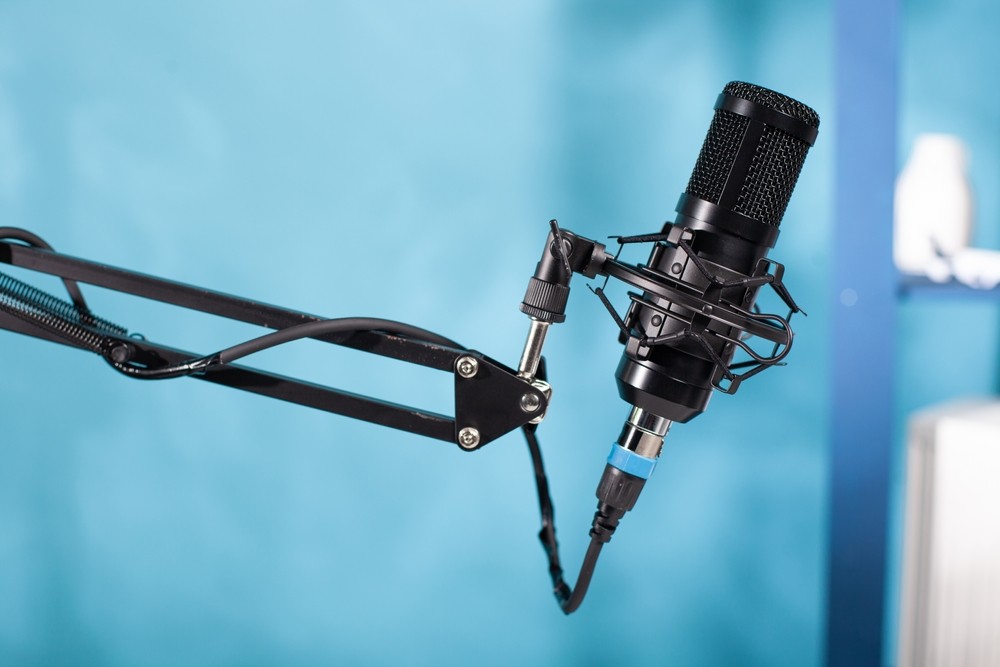When considering the purchase of a microphone for any purpose, whether it’s podcasting, video conferencing, or content creation, capturing clear audio is of utmost importance. The audio quality can make or break the experience, affecting how your audience perceives your content or how effectively you can communicate. One critical innovation that is changing the face of audio capture technology is noise-filtering microphones. These devices are designed to eliminate background distractions, focusing on delivering pristine audio quality.
The core technology behind noise-filtering microphones involves the use of advanced algorithms and microphone designs that can distinguish between the desired audio signal and the unwanted noise. This distinction allows the microphone to emphasize what the user wants to capture and suppress ambient sounds that can degrade audio quality.
Noise-Filtering Technology
Noise-filtering microphones incorporate various techniques to isolate the audio source. Some of the common methods include:
- Digital Signal Processing (DSP): This technique uses sophisticated algorithms to process the sound waves captured by the microphone. The DSP can filter out background noise such as keyboard clacks, air conditioning hum, or other environmental sounds by separating them from the main audio track.
- Active Noise Cancellation (ANC): Originally popularized in headphones, this technology is now being used in microphones. It works by detecting ambient noise and generating a sound wave that is 180 degrees out of phase with the noise, effectively canceling it out.
- Directional Microphones: These microphones are designed to pick up sound from specific directions. By focusing the pickup pattern on a narrow angle, they naturally reject sounds from other directions, thereby minimizing background interference.
- Beamforming Technology: Some high-end noise-filtering microphones use multiple microphones to create a focused audio capture. By combining several microphone signals together, they can create a “beam” of sensitivity towards the sound source, reducing noise pickup from other directions.
Why Invest in Noise-Filtering Microphones?
For consumers, investing in a noise-filtering microphone can be a matter of enhancing daily communication and content creation. Here are several compelling reasons to consider upgrading:
- Improved Communication Clarity: In professional settings, clarity is critical. Whether you’re speaking to a remote client or participating in a virtual meeting, eliminating background noise can ensure your message is delivered without distortion.
- High-Quality Content Creation: For content creators on platforms like YouTube or Twitch, audio quality is often as important as visual quality. Followers and viewers tend to engage more with content that sounds professional.
- Reduced Listener Fatigue: Listening to audio with background noises can be tiring. By providing a cleaner audio experience, noise-filtering microphones prevent listener fatigue, holding their attention for longer periods.
- Versatile Use Cases: From musicians recording demos to podcasters producing episodes in makeshift home studios, a quality microphone with noise-filtering capabilities dramatically improves the usability of recorded content.
Cost vs. Benefit: Making the Smart Buying Decision
Budget constraints are always a factor when making technology investments. Although high-end noise-filtering microphones can be expensive, there are cost-effective options that still deliver significant improvements in audio quality. Here’s what to consider:
- Purpose and Usage: Consider your primary use. If you’re frequently on calls or streaming, the investment in a good microphone will pay dividends. However, if your use is more occasional, a mid-range model might suffice.
- Compare Specifications: Specifications such as frequency response, signal-to-noise ratio, and sensitivity are crucial in determining microphone quality. A higher signal-to-noise ratio indicates better noise cancellation capabilities.
- Dedicated Devices vs. Integrated Solutions: Some headsets come with integrated noise-filtering microphones, which can be a cheaper alternative if you also need headphones. However, standalone microphones often offer superior audio capture if you’re focusing on quality.
- User Reviews and Brand Reputation: Consumer reviews can provide insights into real-world performance and potential issues. Established brands with good reputations tend to offer reliable products, even at the entry-level price points.
Making the Most of Your Investment
Once you’ve selected a suitable noise-filtering microphone, there are several ways to optimize its performance:
- Proper Placement: The positioning of your microphone can have a significant impact on sound quality. Ensure it’s directed towards your mouth and adjust the angle to minimize unwanted acoustics.
- Environment Control: Even with noise-filtering, a controlled environment helps. Soft furnishings, carpets, and curtains can dampen reverberations and create a better audio environment.
- Regular Maintenance: Dust and debris can impact microphone performance. Regular cleaning or covering the microphone when not in use can prolong its lifespan and maintain quality.
- Software Adjustments: Many noise-filtering microphones come with companion software for fine-tuning settings. Using these tools can help you get the best performance tailored to your particular environment.
Popular Noise-Filtering Microphones on the Market
Here are some popular microphones equipped with noise-filtering capabilities that you might consider:
- Blue Yeti X: Known for its versatility, the Blue Yeti X offers both excellent clarity and robust noise-filtering features. It’s a favorite among podcasters and streamers for its ease of use and customization options.
- RØDE NT-USB Mini: This compact microphone provides a rich, clear sound with its in-built DSP technology that effectively isolates vocals from background noise.
- Shure SM7B: While on the pricier side, this dynamic microphone is favored by professional broadcasters and podcasters. Its cardioid pattern is highly effective at minimizing extraneous sounds.
- Audio-Technica ATR2100x-USB: This microphone is a great budget-friendly choice for those who need both USB and XLR connectivity, providing flexible options for different recording setups.
Investing in a quality noise-filtering microphone can make a significant difference in audio quality for personal and professional endeavors. As technology advances, these microphones have become more accessible, allowing consumers at various budget levels to find a product that suits their needs. Your choice will depend on evaluating the features offered against what you truly need. By taking the time to understand the capabilities and limitations of different models, you can make an educated buying decision that will serve you well into the future.



